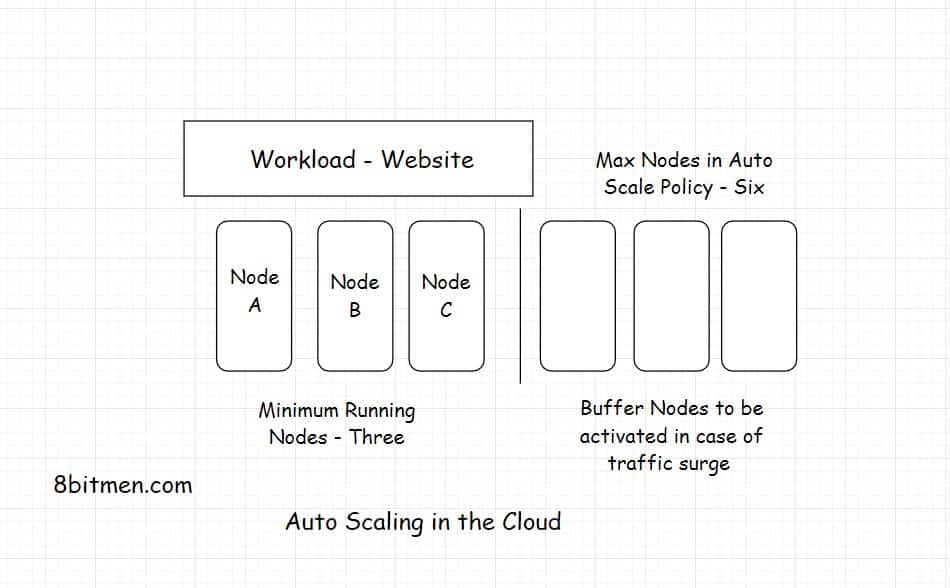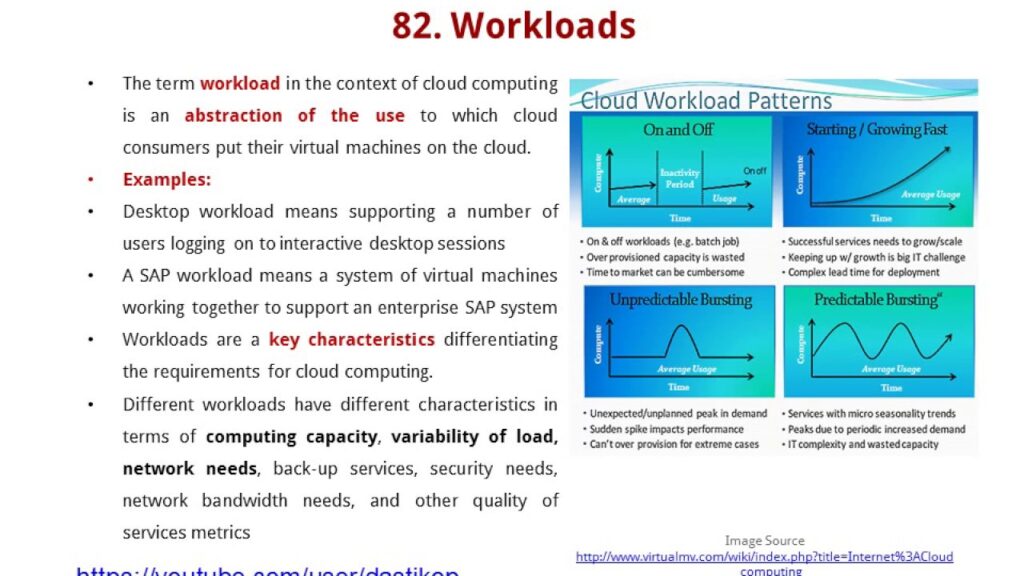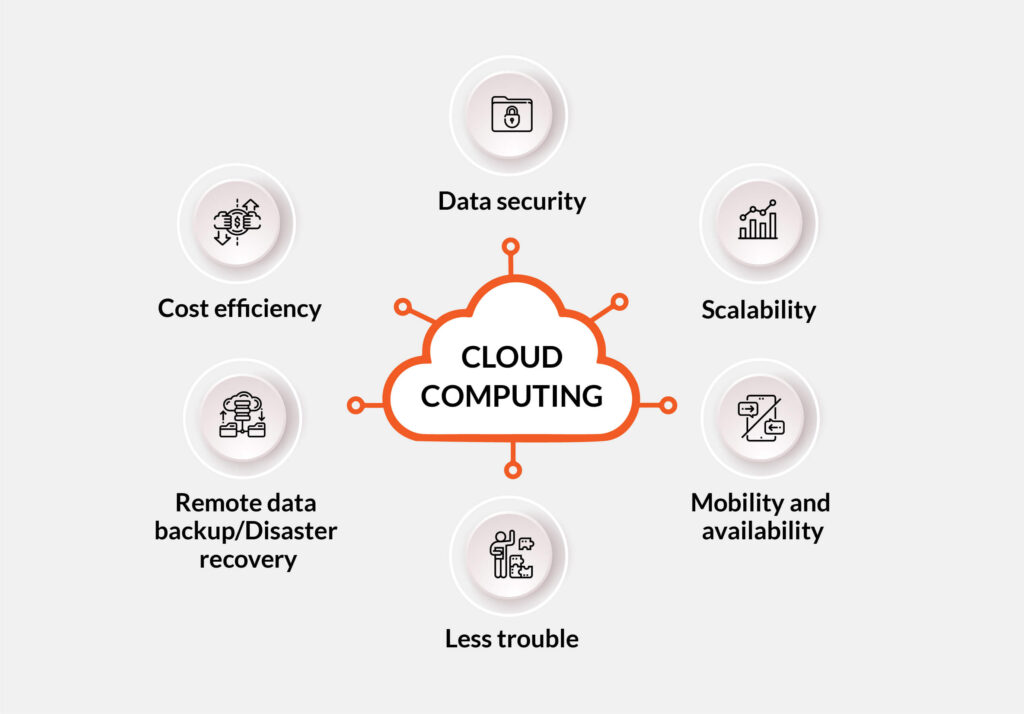In today’s fast-paced and technology-driven world, cloud computing has become an essential tool for businesses and individuals alike. The cloud provides a range of services, from data storage to software applications, that can be accessed from anywhere, at any time, through the internet. However, with the increasing popularity of cloud computing, it is important to understand the concept of workload in cloud computing.
Simply put, workload in cloud computing refers to the amount of computing resources, such as CPU, memory, and storage, that are required to perform a specific task or set of tasks. Workload can vary depending on the nature of the application or service being provided, and can range from small, simple tasks to large, complex ones. In this article, we will explore the concept of workload in cloud computing and how it impacts the performance and efficiency of cloud-based services.

What is a Workload in Cloud Computing?
Cloud computing has revolutionized the way businesses access, store and use data. With the development of cloud technology, the concept of workload has become an important part of cloud computing. A workload is a set of tasks, processes, or services that are performed on a computer or in a distributed environment. A workload in cloud computing is a collection of services, applications, and infrastructure that are used to process and store data.
What is a Cloud Workload?
A cloud workload is a set of activities, processes, or services that are run on a cloud computing platform. It can include a variety of different types of activities, including data processing, storage, networking, and other tasks. The workload can be managed by a cloud provider or by a user. In a cloud-based environment, the workload is typically managed through an interface that allows users to create, manage, and monitor their workload.
A cloud-based workload can also be used to manage multiple applications and services. This allows users to create a single, unified environment for managing multiple applications and services, such as web servers, databases, and other services. The cloud-based workload can also be used to automate tasks and manage resources across multiple applications and services.
How Does a Cloud Workload Work?
A cloud-based workload is managed through a cloud-based platform. The platform allows users to define the tasks, processes, and services that make up the workload. The platform also provides tools for managing the workload, such as scheduling, monitoring, and resource management.
The cloud-based platform also provides users with access to a variety of services and applications, such as databases, web servers, and other services. These services can be managed through the cloud-based platform, allowing users to easily manage and deploy applications and services in a distributed environment.
The cloud-based platform also provides users with access to a variety of tools for managing the workload. These tools can include monitoring tools, scheduling tools, and resource management tools. These tools can be used to monitor the workload, schedule tasks, and manage resources across multiple applications and services.
The cloud-based platform also provides users with access to a variety of services, such as analytics, security, and storage. These services can be used to analyze data, protect data, and store data in a secure and reliable manner.
Frequently Asked Questions
Cloud computing offers the ability to store and process data on remote servers, enabling the user to access them from any device with an internet connection. A workload in cloud computing is the combination of computing, storage, and networking resources used to complete a task.
What is a workload in cloud computing?
A workload in cloud computing is a combination of computing, storage, and networking resources that are used to complete a task. This includes the applications, data, and services that are being processed, as well as the hardware and software used to store and access them. By leveraging cloud computing, users can access their workloads from any device with an internet connection, allowing them to access their data and applications from anywhere.
Cloud computing allows for the dynamic provisioning of resources, so that workloads can be scaled according to their needs. This means that users can quickly and easily scale up or down their computing power and storage capacity as needed, allowing them to efficiently manage their workloads. Additionally, cloud computing provides users with the ability to access their workloads from any device with a secure connection, making it easy to access data and applications from anywhere in the world.

Workloads and Applications: What’s the Difference?
In conclusion, workload in cloud computing refers to the amount of processing power, storage, and networking resources required to run an application or service. It can be categorized into three types: CPU-bound, memory-bound, and I/O bound. Understanding the workload requirements of an application is crucial for designing an efficient cloud infrastructure that ensures optimal performance and cost-effectiveness.
As cloud computing continues to gain popularity, workload management becomes increasingly important for businesses and organizations. By properly managing and optimizing workloads, companies can achieve improved efficiency, reduced costs, and enhanced performance. As such, it is essential for businesses to work with experienced cloud providers who can help them design, deploy, and manage cloud workloads effectively. With the right workload management strategies in place, businesses can harness the full potential of cloud computing and gain a competitive edge in today’s rapidly evolving digital landscape.



